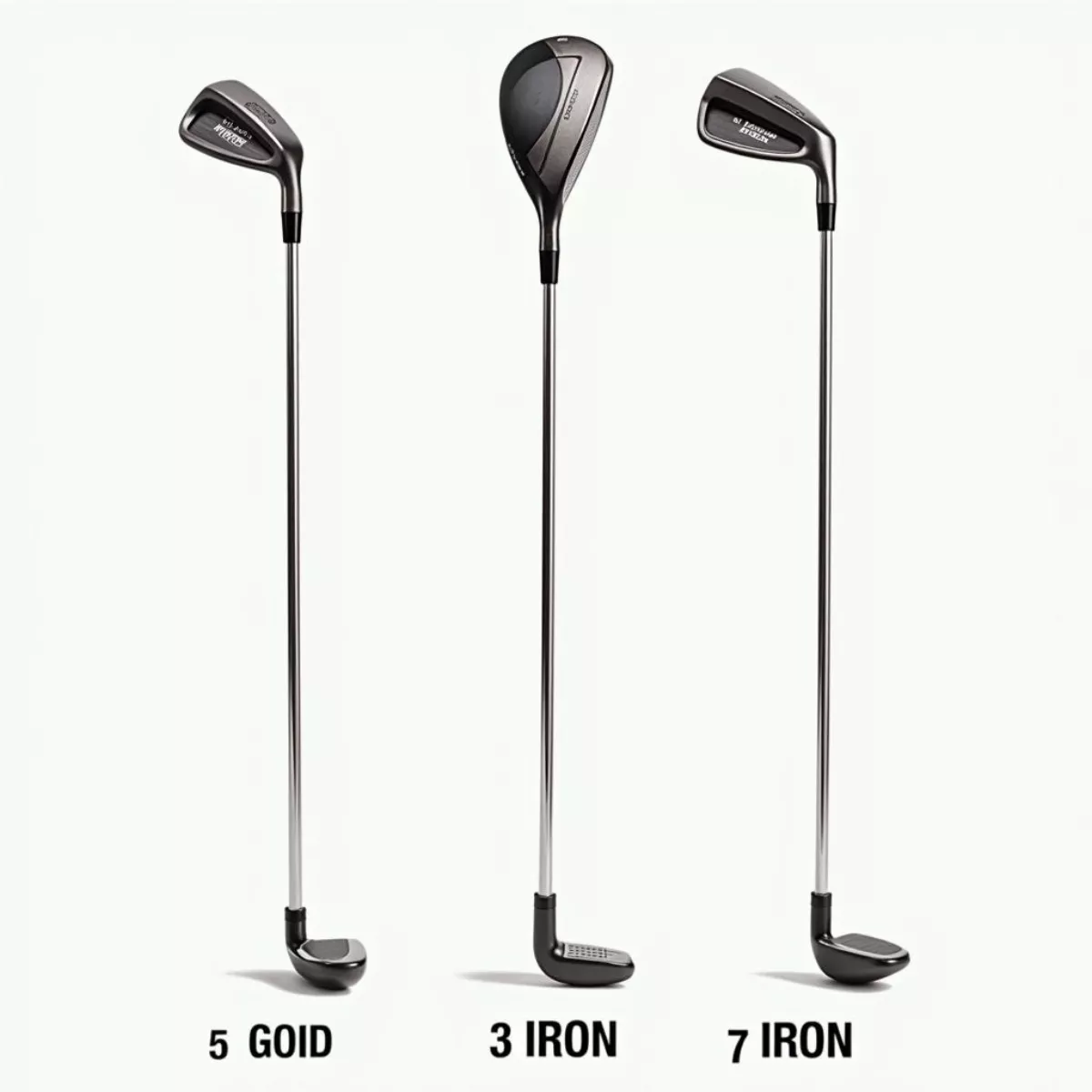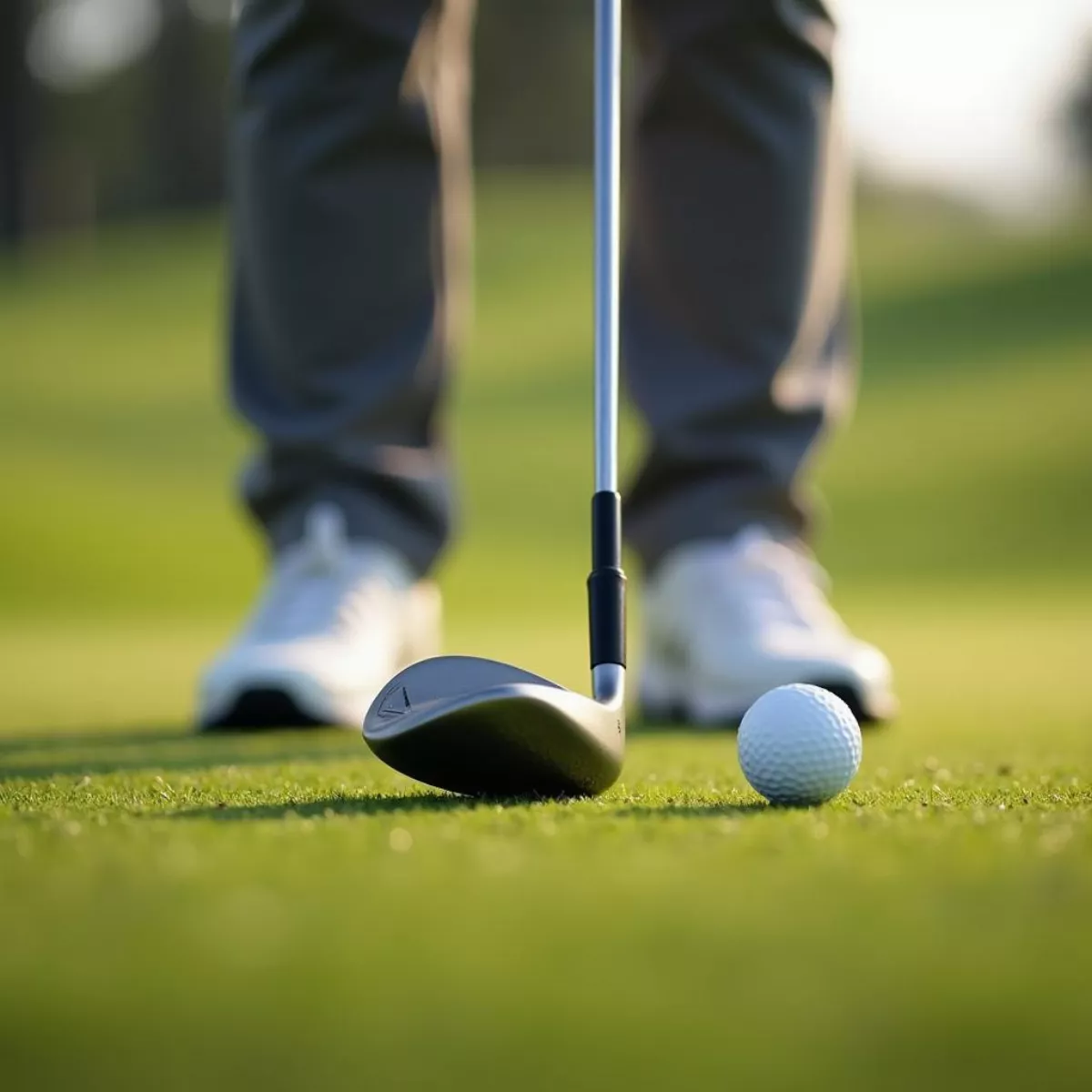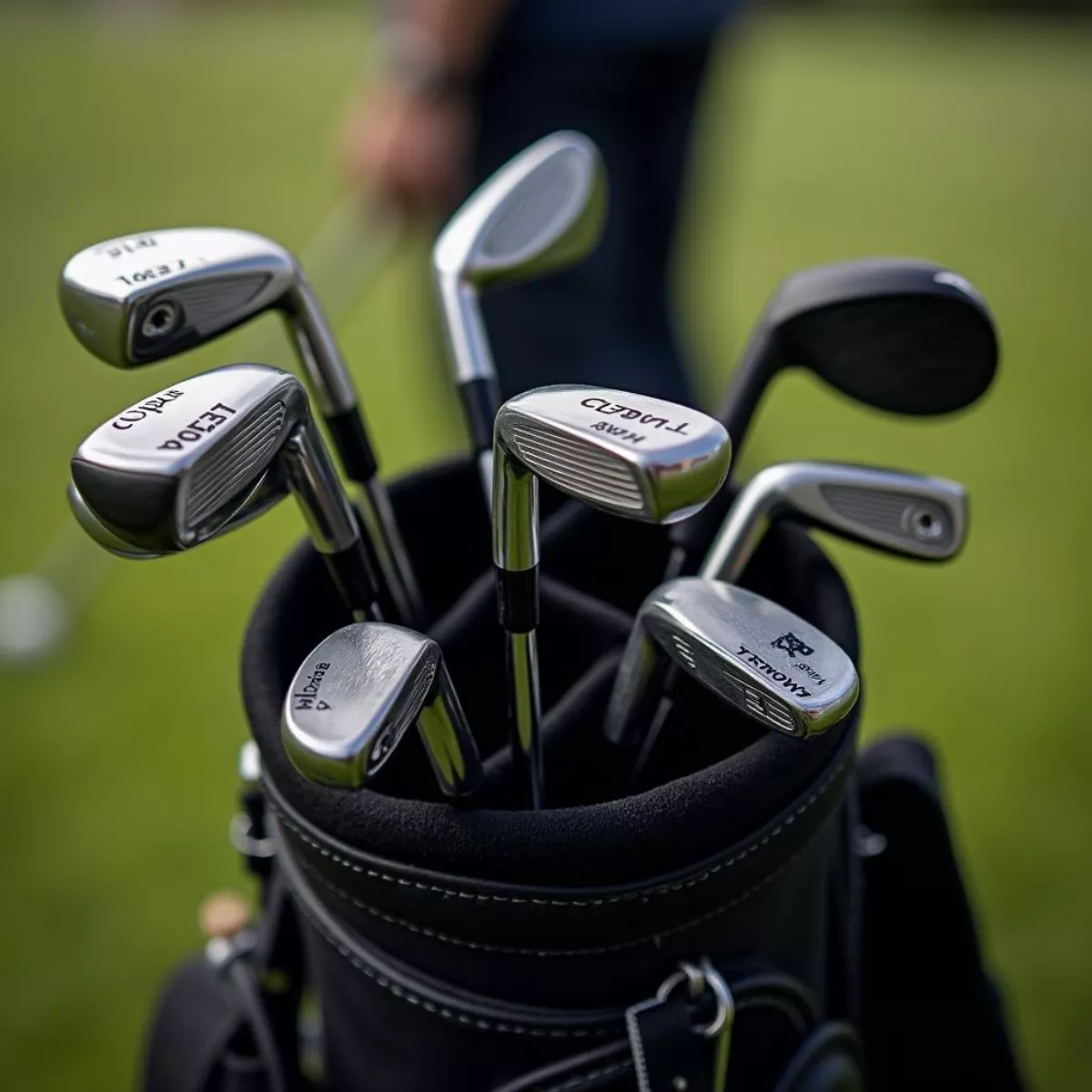What Golf Clubs to Carry: A Comprehensive Guide
Deciding what golf clubs to carry can be overwhelming, especially for beginners or those new to the sport. With the myriad of options available, you’re left wondering which clubs will serve you best on the course. In this guide, we’ll break down the essential golf clubs, tailored to fit different skill levels, so you can make an informed choice the next time you hit the golf course.
Understanding the Basics of Golf Clubs
Before diving into which clubs to carry, let’s take a moment to understand the types of clubs available and their purposes. Golf clubs are generally categorized into three groups:
- Woods: Mainly used for long-distance shots and off the tee.
- Irons: Versatile clubs for a variety of shots, especially from the fairway.
- Putters: Designed specifically for use on the greens to roll the ball into the hole.
Each category plays a crucial role in your overall game strategy.
The Essential Clubs for Your Bag
Every golfer’s needs are different based on skill and play style. However, certain clubs are universally recommended for an effective golf bag. Here’s a breakdown of what golf clubs to carry.
1. Driver (1 Wood)
The driver is often considered the most critical golf club, as it’s used for the first shot on a par 4 or par 5 hole.
- Key Features: Long shaft, large clubhead, designed for maximum distance.
- Suggestions: Brands like Callaway, TaylorMade, and Ping offer great options that cater to various player styles.
2. Fairway Woods (3 and 5 Wood)
If you’re not comfortable using a driver or if you find yourself in the rough, fairway woods can provide a reliable and versatile option for long shots.
- Key Features: Smaller clubhead than a driver, designed to hit the ball from the fairway or rough.
- Suggestions: Look for models with adjustable loft, such as those from Mizuno or Cobra.
 Golf Club Types: Woods, Irons, Putter
Golf Club Types: Woods, Irons, Putter
3. Irons (5, 7, 9 Iron)
Irons are essential for approach shots. Carrying a mix of mid and short irons can be useful for various distances.
- Key Features: Shorter shaft, thinner clubface, great for precision.
- Suggestions: A set of cavity-back irons is more forgiving for beginners, while muscle-back irons appeal to more experienced players.
4. Wedges (Pitching and Sand Wedge)
Wedges are your go-to clubs for short and precise shots near the green.
- Key Features: High lofted clubs that allow you to lift the ball quickly.
- Suggestions: A Pitching Wedge (PW) and Sand Wedge (SW) are a must. Consider adding a Gap Wedge for more versatility.
 Golfer Using Wedge Near Green
Golfer Using Wedge Near Green
5. Putter
A quality putter can make a tremendous difference in your game. This club is responsible for guiding the ball into the hole on the green.
- Key Features: Short club, designed for precision and control.
- Suggestions: Try different types such as blade, mallet, or even a face-balanced putter to find your best fit.
6. Optional Clubs
Depending on your playing style and course conditions, you might consider adding some optional clubs.
| Type | Description | Suggested For |
|---|---|---|
| Hybrid Clubs | A combination of woods and irons for versatility. | Beginners or high handicappers. |
| Utility Irons | Designed for long iron replacements. | Players struggling with long irons. |
| Lob Wedge (LW) | Helpful around the greens for short high shots. | Lower handicappers or shot-makers. |
Factors to Consider When Selecting Your Clubs
- Skill Level: Beginners should focus on forgiving clubs, while more experienced players can explore customized options.
- Course Conditions: Wet or dry conditions may alter the clubs you need; consider carrying clubs best suited for the environment.
- Personal Preference: Every golfer has a unique grip and swing style. Test out different brands and models to find what feels right for you.
Understanding Set Composition
In general, a golf bag should contain the following clubs, tailored to individual playing style:
- 1 Driver
- 2-3 Woods (3 Wood and/or 5 Wood)
- 4-6 Irons (5, 7, 9)
- 2 Wedges (Pitching and Sand)
- 1 Putter
This composition allows for a well-rounded game, offering options for all types of shots on the course.
 Organized Golf Bag with Clubs
Organized Golf Bag with Clubs
Example Bag Composition for Different Skill Levels
| Skill Level | Recommended Clubs | Total Clubs |
|---|---|---|
| Beginner | Driver, Fairway Wood, 6-iron, 8-iron, PW, SW, Putter | 7 |
| Intermediate | Driver, 3 Wood, 5 Wood, 5, 7, 9 Irons, PW, SW, Putter | 9 |
| Advanced | Driver, 3 Wood, 5 Wood, 4, 6, 8, 9 Irons, PW, SW, LW, Putter | 10 |
Key Takeaways
- Choose Essential Clubs: A standard golf bag should include a driver, woods, a mix of irons, wedges, and a putter.
- Skill Level Matters: Select clubs that align with your skill level and adjust gradually as you improve.
- Optimize Carrying Options: Strive for a balanced mix that allows versatility across different course conditions.
- Trial and Error: Testing clubs from various brands will help you discover what works best for your style.
FAQ Section
1. How many clubs can I carry in my bag?
The maximum number of clubs allowed in a golf bag is 14.
2. Do I need to carry a full set of clubs?
No, you can carry fewer clubs based on your playing style and comfort level.
3. How do I know what clubs are best for me?
Experiment with different brands and models; consider getting a fitting session with a professional.
4. Can I mix and match brands?
Absolutely! Many golfers use clubs from various brands to find a combination that works best for them.
5. Why is the putter so important?
It’s crucial for scoring, as putting usually accounts for about 40% of your total strokes.
6. Are hybrid clubs better than long irons?
Many golfers find hybrids easier to hit due to their design, but it’s a personal preference.
7. Can I carry a chipper instead of a wedge?
Yes, chippers can be useful for certain short game situations, but you should still have at least one wedge.
8. Should I carry a separate lob wedge?
If you’re comfortable with short, high shots around the greens, then a lob wedge can be beneficial.
9. Can my golf clubs change as I improve?
Absolutely. As your skill level increases, you might want to invest in more precise or advanced clubs.
10. How often should I replace my clubs?
This varies, but it’s generally recommended to consider replacing clubs every 3-5 years based on wear and performance.
By considering the recommendations in this guide, you can confidently choose what golf clubs to carry, making your next round as enjoyable and successful as possible. Happy golfing!